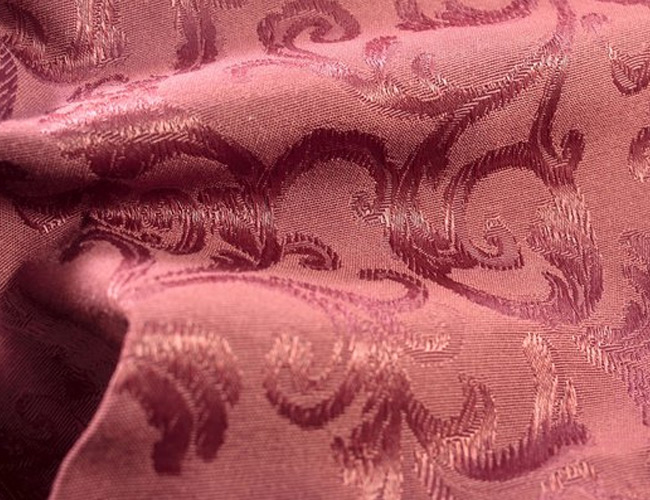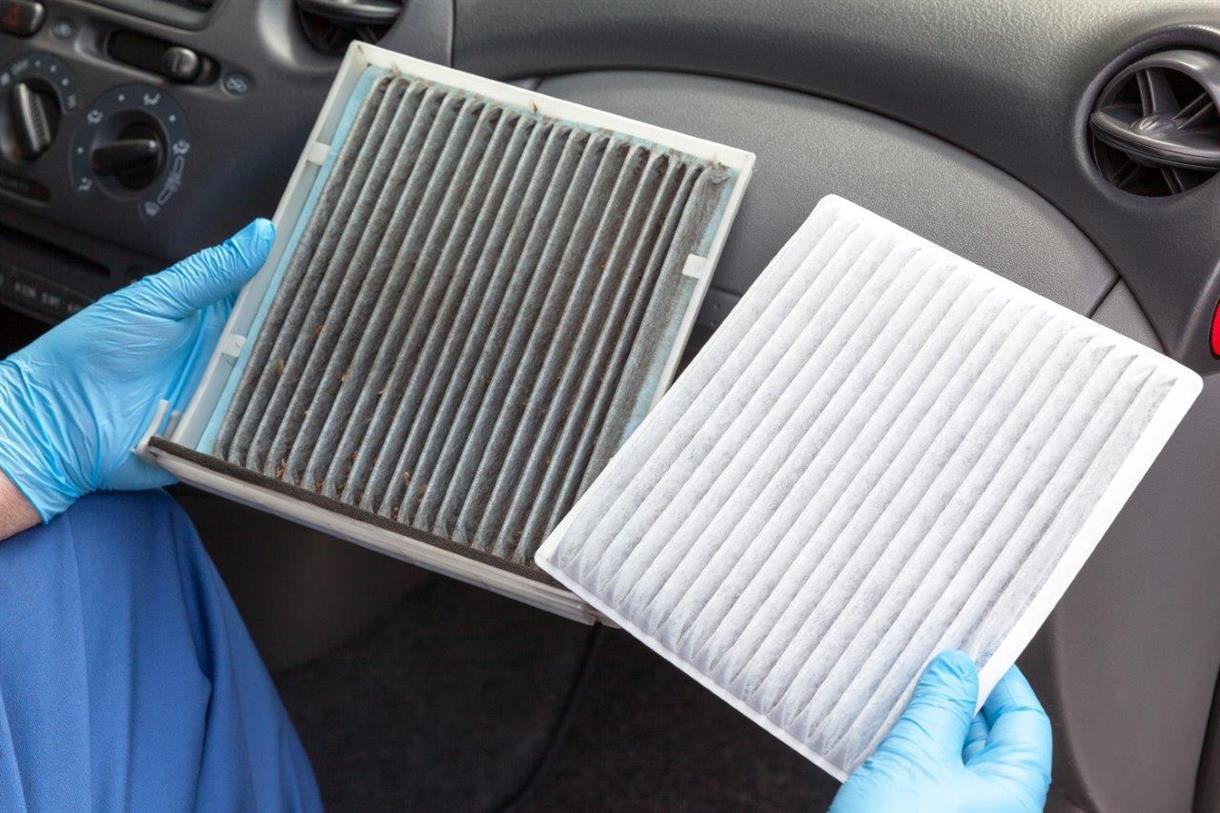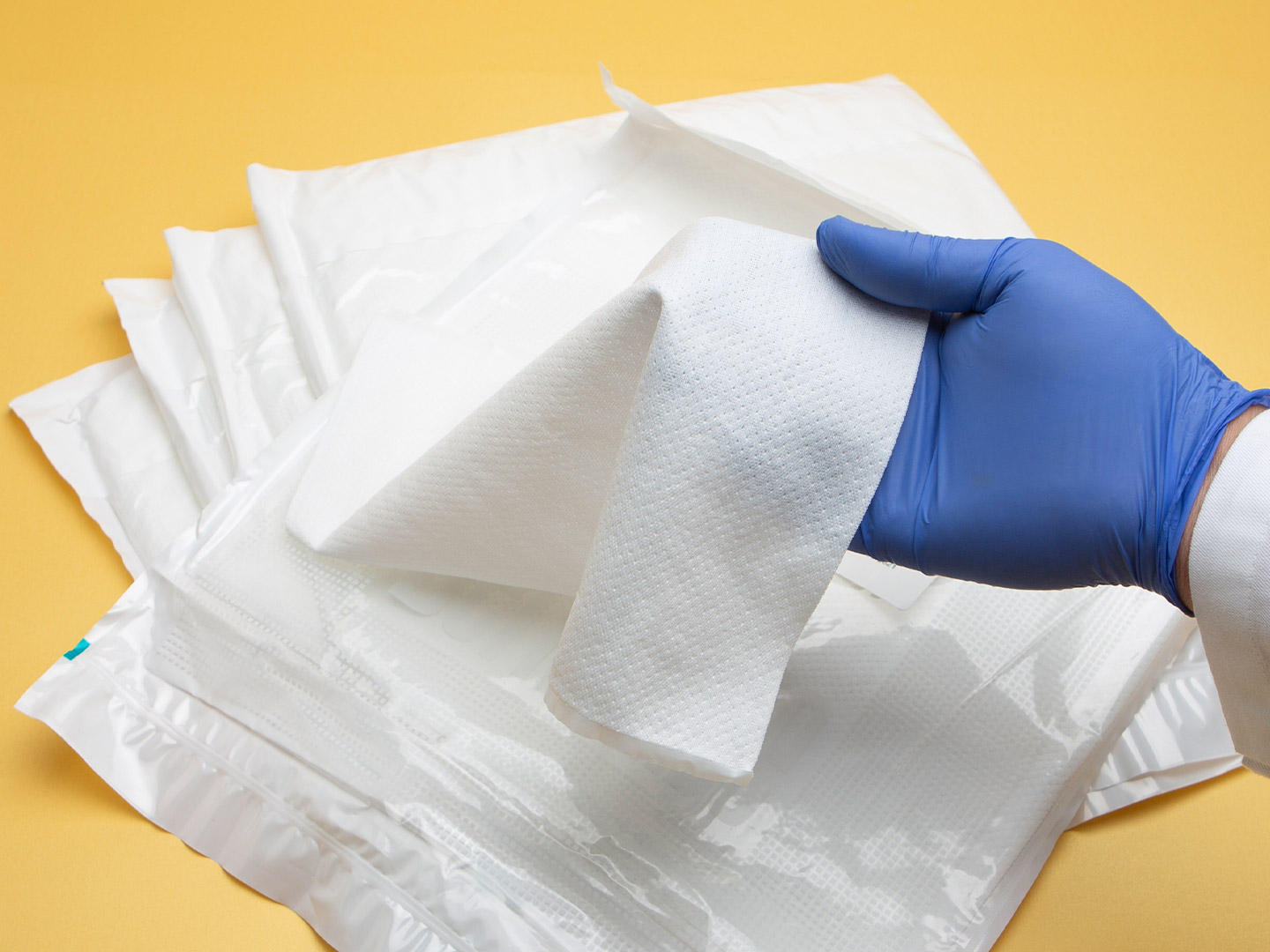What Is Jacquard Fabric?

Jacquard fabrics are generally high-precision yarn woven fabric material, containing pure cotton material, belongs to a very good quality fabric. Jacquard fabrics rely on the changes in the warp and weft of the fabric to weave out the flower pattern. Very durable and beautiful, and the woven flowers have a three-dimensional, and bumpy feel.
Jacquard fabrics are also available in polyester, blended, and cotton. No matter which material to make jacquard, after the precision and density are very neat weave, weave out of the flower the whole is very beautiful.
Jacquard fabrics can be divided into single-color jacquard and multi-color jacquard, as well as woven jacquard gold-edged jacquard, and weft jacquard.
There are also some jacquard fabrics belong to spandex or silk material, this fabric will have a bright color, delicate flowers, the overall fabric smooth and noble effect.
Jacquard fabric has many advantages, such as breathable and beautiful, the overall and being very durable, but also has the disadvantage that it is easy to lose color. After a period of use, the fading of jacquard fabric is more obvious. When washing, especially the first time, it is best to use salt to soak, to prevent fading, and thereafter in the cleaning is not recommended in the sun, in the state of diffused light ventilation sundry.
Jacquard fabrics are widely used in life, but the existing jacquard fabrics still have some performance deficiencies, such as antibacterial performance, flame retardant performance, anti-static performance and wear resistance of jacquard fabrics are to be improved, if these performance deficiencies can be solved can well improve the quality of jacquard fabrics to meet the needs of more consumers.
Click here for many types of clothing fabrics available for you to purchase.
What Is The History of Jacquard Fabric?
Prior to the invention of the Jacquard loom, weaving complex ornamental fabrics like brocade and damask was highly time-consuming. As a result, these fabrics were extremely expensive and were only accessible to the elite.
By 1804, however, there were already a variety of machines that made the process of weaving complex patterns into fabric somewhat easier. Building on the successes of earlier inventors like Basile Bouchon, Jean Baptiste Falcon, and Jacques Vaucanson, Joseph Marie Jacquard perfected the process of mechanizing patterned weave production with a new machine that connected directly to existing looms.
As one of the earliest examples of a machine operated with punched cards, textile manufacturers “programmed” Jacquard looms to produce certain patterns by arranging a series of punched paper cards. Modern Jacquard looms produce patterns using computer programs instead of cards, but Joseph Marie Jacquard’s original punched-card design played an important role in the development of electronic computing science by serving as a source of inspiration for Charles Babbage.
Later, American statistician Herman Hollerith used a variation of Jacquard’s punched-card technology to compile the results of the 1890 census. Punched cards remained the primary mechanisms for operating electronic computers until the invention of digital input during the mid-20th century. Without Joseph Marie Jacquard’s loom, it’s impossible to know if the science of electronic computing would have ever produced usable technologies.
Throughout the early 1800s, punched-card Jacquard loom sequences were such coveted trade secrets that competing textile companies commonly poached each other’s designs. Practically overnight, the Jacquard loom dramatically reduced the price of intricately designed woven fabrics to the extent that average people gained access to damask, brocade, and other types of luxurious textiles for the first time.
Jacquard fabric today
The Jacquard loom has evolved dramatically over the years. Textile manufacturers no longer operate these weaving machines with a series of punched cards, and instead, Jacquard looms are operated by computer programs. Called computerized Jacquard looms, these advanced textile machines reduce the need for human input, making the process of weaving jacquard fabrics even more efficient and cost-effective.
In recent decades, jacquard fabric has lost popularity as an apparel textile. This ornate fabric has become more popular, however, in the arena of homewares, and high-end pieces of furniture commonly feature jacquard upholstery. The second-most popular application of jacquard in homewares is drapes or curtains followed closely by duvet covers. While considerably cheaper to produce since the advent of computerized Jacquard looms, the jacquard fabric retains its association with upper-class luxury to this day.
(About the history of jacquard fabrics From: https://sewport.com/fabrics-directory/jacquard-fabric)
How Is Jacquard Fabric Made?
Jacquard fabrics can be made from a range of fibers, including cotton, silk, acrylic, and polyester. They can be woven on a jacquard loom, or you can get jacquard knits made on a knitting machine. In both options, a computer program controls the pattern embedded in the fabric. The following is a basic overview of the steps required to produce a finished jacquard fabric.
Preparing the textile material
Find the desired fiber in the market, such as cotton, silk, wool, or synthetic fibers
Spinning into yarn
Produce the corresponding yarn from the above materials, choosing the yarn in different thicknesses according to the requirements. The textile manufacturers put the yarn on knitting machines for weaving and post-processing to improve its durability and heat resistance.
Yarn feeding to the weaving machine
Modern computerized Jacquard looms typically feed yarn into the weaving machine from a central position on top of the loom. The Jacquard loom then arranges this yarn into a complex web as it creates the desired pattern.
Weaving a specific pattern
The selected yarn is placed on a loom or knitting machine for weaving. Meanwhile, thousands of different patterns are available on computerized Jacquard looms, and textile manufacturers can also weave the pattern as requested by the customer.
Finishing
The decision to add a post-treatment depends on the use of the fabric and adding special treatments to the material, such as fire protection, UV protection, and dyeing. Dyeing is very common to increase the color and abrasion resistance of jacquard fabrics.
How Is Jacquard Fabric Used?
Jacquard fabrics are widely used, not only for casual pants, sportswear, suits, etc., but also for bed. The clothes made of fabric are comfortable to wear and very popular. The elastic satin fabric is made of polyester FDY big light 50D*DTY75D + spandex 40D as raw material, and the satin tissue is interwoven in the spray loom. As the warp thread adopts big light, the fabric has charm and occupies a place in the fabric market with the advantages of lightness, softness, elasticity, comfort, and luster.
Jacquard fabrics can be generally used in high and middle-grade clothing production materials or decorative industry materials (such as curtains, and sofa materials) Jacquard fabric manufacturing process is complex. Warp and weft yarns are interwoven and sunken to form different patterns, concave and convex, mostly weaving flowers, birds, fish, insects, birds and animals, and other beautiful patterns.
Jacquard Fabric Features.
Characteristics of jacquard fabrics.
Gorgeous and colorful, vivid and realistic
Usually, jacquard fabric after the unique jacquard weaving process, the bedding produced will be very rich in color, can weave flowers, birds, fish, insects, birds and animals, and other beautiful patterns, do not worry about the pattern will be monotonous, flower patterns bumpy, three-dimensional sense of super strong, higher grade.
High quality, resistant to wear and tear
Generally speaking, the quality of cotton yarn is too inferior to weave the molding pattern, so the raw materials used in jacquard fabrics are high-quality cotton, yarn weaving to be more dense, generally in about 40s. This woven jacquard bed texture is thicker, feel softer and smoother, resistant to wear and tear, not easy to deformation, washing is not easy to fade, feel more fresh and breathable in use.
Layered, three-dimensional sense is very strong
Monochrome jacquard fabric is jacquard dyed fabric, which is a solid color fabric made by jacquard loom after weaving jacquard blank fabric and then dyeing. This kind of jacquard fabric has a unique texture of soft, delicate and smooth, its gloss, drape and breathability are better, color fastness is also quite high, no pilling, no color loss. Like large jacquard fabrics, its pattern range is large and exquisite, color layering, three-dimensional sense is very strong, while the pattern of small jacquard fabrics for a long time is relatively single.
No color loss, as new as the day
Multi-color jacquard fabric is color woven jacquard fabric, is first after the yarn dyed color and then woven by jacquard loom multi-color fabrics. It and single-color jacquard fabric manufacturing process is just the opposite, so the final result of the color woven jacquard fabrics have more than two colors, fabric color is rich, not at all like the monochrome jacquard appears more monotonous, flower pattern three-dimensional sense of strong, look more elegant. The most important thing is that the multi-color jacquard fabric will not pilling, also does not lose color, as new as the day.
What Different Types of Jacquard Fabric Are There?
Jacquard brocade fabric
Brocade originated in ancient China, with more than three colors, with warp surface satin, slant for the ground, weft start flower jacquard fabric. Brocade fabric is developed at the end of the 19th century on the basis of Chinese Jiangnan brocade, with bright and delicate surface, rich handfeel, and gorgeous colors. It is mainly used for women's high-class clothing, but also commonly used to make ties, bedspreads, table blankets, cushions, and other decorative items.
Knitting jacquard fabric
Warp knitting jacquard fabric is made of natural fiber and synthetic fiber as raw material, which is woven on the warp knitting machine. After the fabric is dyed and finished, the pattern is clear, three-dimensional, feel stiff, variable pattern, and good drapability. Warp knitting jacquard fabrics are mainly used as women's outerwear, underwear, skirts and decorative items. Such as for women's clothing, flower pattern can be smaller; such as for outerwear, raw materials can be used for thicker; such as for curtains, tablecloths, bedspreads, and other decorative items, the fabric structure can be looser.
Cotton jacquard fabric
Jacquard cotton is a kind of cotton as raw material, after jacquard textile process made of fabric, the specific textile practice is: by warp and weft of two different aspects of the line on the fabric interwoven into a pattern, this uneven fabric with excellent decorative effect, it is different from the traditional printing fabric, in the color and pattern of the expression of more three-dimensional, is now the most widely used in the market a fabric, in bedding, clothing and other industries. It is the most widely used fabric in the market nowadays, and has an important role in the bedding, garment, and other industries.
Velvet jacquard fabric
Velvet jacquard fabric is traditionally a popular fabric for autumn wear, with luxurious temperament and rich texture creating a magical fashion atmosphere. Velvet fabrics are heavier in quality and can be paired with contrasting delicate fabrics, such as silk and lace, to create exceptional appeal.
Wool jacquard fabric
Wool jacquard is a cashmere fabric. Cashmere is a thin, curved fiber that contains a lot of air and forms an air layer that defends against cold air and keeps the body temperature from dropping. Cashmere is much finer than wool, and the outer scales are finer and smoother than wool, making it lighter, softer, and more resilient. It is particularly suitable for undergarments, and when worn close to the body, it is light, soft, supple, and smooth, making it very comfortable and incomparable to any fiber.
Silk jacquard fabric
Silk jacquard is a weaving method in which the warp yarns are floated and sunk on the surface of the silk fabric by the regular regulations or interlaced with the jacquard transformation to produce a pattern or pattern. Silk jacquard fabric has many types and complicated production and processing techniques. Warp yarn and fine yarn are interwoven into different patterns, high count and multi-layer, twisted, rich and attractive, woven into flowers, soft color, meticulous, smooth and distinctive layers, and good smoothness.
Synthetic jacquard
Synthetic jacquard is a jacquard fabric made of synthetic fibers, not silk, cotton or wool. Synthetic jacquard fabrics are economically priced, but they are poor quality and harmful to the environment.
Floral jacquard fabric
Floral jacquard is a classic material in which a pattern or design is woven into the fabric. It has a simple and desirable floral design. Use this material to make curtains, drapes, pillowcases, and more for home applications.
Metallic jacquard fabric
Metallic jacquard fabric is made by hand from gold and silver threads, which are laminated on thin sheepskin or paper and then cut into strips, called "flat gold and silver threads", which are expensive and heavy, thick and hard, easily worn and discolored. Gold and silver silk fabrics are mostly used in theater and opera stage costumes, and now the fashion.
Is Jacquard Fabric Important?
In short, a jacquard is a special woven fabric made using a jacquard loom that can be woven with a variety of materials such as cotton, polyester, silk and acrylic to create them. Some of these fabrics even have raised patterns, such as Matelassé or brocade. They have a rich diversity of patterns - from florals and brocades to polka dots and checks, you're sure to find a jacquard pattern that resonates with you. Because the jacquard pattern is woven into the fabric, each yarn can be solution dyed, making it more resistant to fading than partially dyed yarns.
In contrast, patterns that are embossed or printed on the surface of the fabric tend to fade, stretch or rub off completely due to wear and stretch from extended use. When purchasing fabrics, you can usually find some indication of the printed pattern in the product description, although not every jacquard is clearly marked as such. If you look closely, the jacquard pattern is part of the fabric itself, so it won't change even with daily wear - it will always be there! Some jacquards are even reversible, giving it more versatility than a print.
Jacquard Fabric Today
Now, with modern computer technology, jacquard fabrics have become more sophisticated and accessible than ever before. When you shop our website, you'll notice that we offer a large selection of jacquard fabrics, including a wide range of upholstery fabrics. These premium upholstery fabrics are known for their revolutionary solution-dyed acrylic woven in stunning jacquard patterns. Resistant to water, stains, mildew, mold, mildew, abrasion, and fading, these jacquard fabrics look beautiful indoors and out, despite daily wear and tear.
Conclusions.
This is an introduction to the jacquard fabric. Want to know where to buy jacquard fabric. Now, computer network technology is developing rapidly, fabrics and netting of various styles, sizes, patterns and colors can be more easily available. G&F GROUP INC. can provide you with hundreds of specifications of non-woven (interlining) fabrics, non-woven fabrics, non-woven products, woven (interlining) fabrics, netting, lining fabrics, etc. You are lucky to have an idea to perfect your project now! Interested in our fabrics? Send us your requirements now [email protected].
All Rights Reserved: https://www.groupgf.com/info-detail/jacquard-fabric
Copyright Notice: This is an original (translated) article from G&F Group Inc., please indicate the source from G&F Group Inc.. If there is any infringement, please contact us first.

 Nonwovens in daily life ----- filtration
Nonwovens in daily life ----- filtration
 Nonwovens in daily life ----- automotive
Nonwovens in daily life ----- automotive
 What is SAP – superabsorbent polymers
What is SAP – superabsorbent polymers
 The Future of Global Nonwoven Wipes to 2029
The Future of Global Nonwoven Wipes to 2029